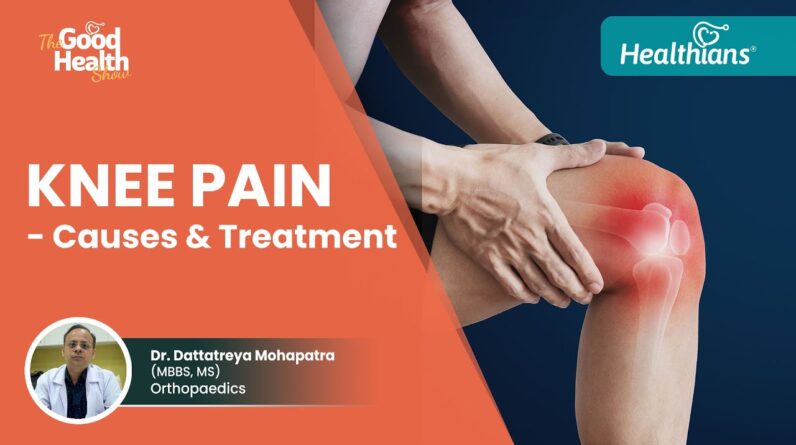Arthritis encompasses more than 100 conditions causing pain, stiffness, and often swelling in the joints. Arthritis does not discriminate. It can affect anyone regardless of sex, race, or geographical location. Osteoarthritis is the most common type of knee arthritis.
Also called wear-and-tear arthritis or degenerative joint illness, osteoarthritis is identified by a progressive deterioration of the cartilage of the joint. As the protective cartilage is worn away by knee arthritis, bare bone is exposed within the joint.
Knee arthritis symptoms tend to become more intense as the condition gets worse. However, it is fascinating to note that symptoms do not constantly advance progressively with time. Frequently patients report good months and bad months or symptom changes with weather changes.
This is important to comprehend since comparing the symptoms of arthritis on one specific day might not properly represent the total development of the condition. The most typical signs of knee arthritis are pain with activities, restricted variety of motion, stiffness of the knee, swelling or deformity of the joint, inflammation along the joint, a feeling of weakness, or that the joint may “give out” or collapse.
Rheumatologists, physicians who detect and treat arthritis and related conditions, utilize a range of diagnostic techniques. The first action is a thorough history and health examination, throughout which the doctor concerns the patient about signs and case history to find out about possible exposure to infectious agents or a household history of arthritis.
The patient is assessed to figure out the range of joints impacted. With these details, rheumatologists are typically able to make a diagnosis. Laboratory tests are used to assist in the detection of inflammatory arthritis.
For example, a blood test called erythrocyte sedimentation rate measures how rapidly red blood cells stick together and sink to the bottom of a test tube. When there is inflammation present in the body, this process is generally much faster.
This test lets physicians examine how serious the inflammation is. Rheumatologists also test a patient’s blood or synovial fluid for the existence of particular antibodies- disease-fighting markers activated in the body by infections.
The presence of rheumatoid aspect antibodies, for example, is an indicator of rheumatoid arthritis, and antinuclear antibodies can be an indicator of lupus. The existence of these antibodies together with clinical observations may help to develop the diagnosis. Physicians may likewise choose to check for the presence of particular genes, such as the HLA-B27 gene.
The primary goal of treatment is to reduce joint pain and inflammation and to optimize joint movement. To this end, rheumatologists work carefully with clients and their families to develop a treatment regimen including workouts/exercise routines and rest along with pain-relieving and anti-inflammatory drugs, and in some types of arthritis, drugs that slow the progress of the disease.
Low-impact, regular exercise is essential in keeping muscle strength and joint mobility. One of the very best kinds of workout for people with arthritis is swimming, an activity that lets individuals utilize muscles with minimal joint pressure.
Arthritis patients benefit from physical therapy programs specially customized to their age level and degree of movement. Stretching and hot showers before exercise and using an ice bag on muscles and joints after exercise decrease pain associated with workouts.
Rest is another essential element of arthritis treatment. In addition to recommending a minimum of 8 hours of sleep a night, rheumatologists might likewise encourage patients to use a walking cane, splint, sling, or unique shoes to rest or support affected joints occasionally throughout the day.
Almost all drugs utilized to deal with arthritis can have negative effects and may not work for everyone. Scientists are examining alternatives to traditional drug treatment and other treatment approaches.
If joint damage is severe, clients with arthritis might need to have surgical treatment. Total hip and total knee replacements can considerably eliminate pain and enhance joint function. In many cases, surgeons change damaged or deteriorating joints with synthetic stainless-steel or plastic elements in a treatment called arthroplasty.






